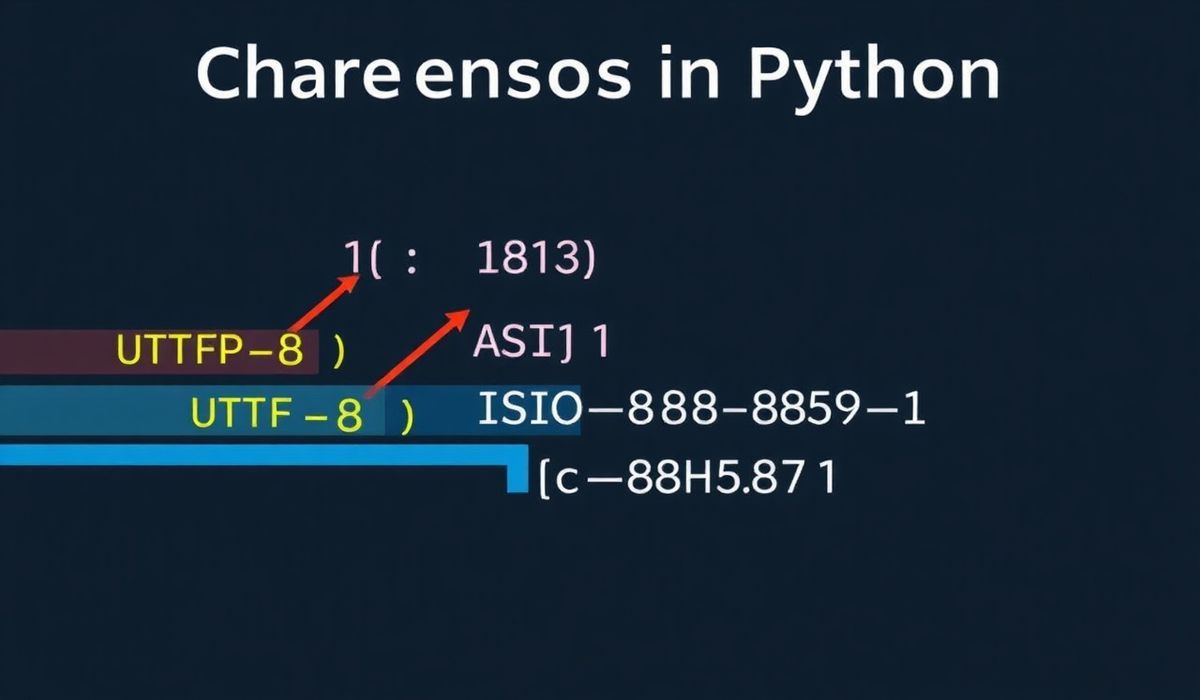Welcome to the Comprehensive Guide on Charset Normalizer
charset-normalizer is a robust Python library tailored to detecting and normalizing character encoding in text data. It’s a perfect solution for developers dealing with internationalization, decoding challenges, or handling corrupted text files while maintaining efficiency and accuracy.
This guide will cover a wide array of APIs provided by the library, offering you hands-on examples to get the most value out of charset-normalizer. Let’s dive in!
Installation of Charset Normalizer
Before we begin exploring its robust features, install the library using pip:
pip install charset-normalizer
Detecting Character Encoding
The from_path function allows you to identify the encoding of any file with remarkable accuracy:
from charset_normalizer import from_path
# Detect encoding of a text file
results = from_path("example.txt")
# Display results
print("Detected Encoding:", results.best().encoding)
print("Confidence:", results.best().percent_chaos)
Handling Strings Directly
You can use the from_bytes function to identify the encoding of raw byte data. This is very handy for processing streamed or binary data:
from charset_normalizer import from_bytes
# Detect encoding from raw byte data
byte_data = b'\xe6\x88\x91\xe7\x88\xb1\xe4\xbd\xa0'
results = from_bytes(byte_data)
# Output encoding information
print("Detected Encoding:", results.best().encoding)
Generating Decoded Output
The library provides straightforward functionality to automatically decode files or byte data:
decoded_string = results.best().output()
print("Decoded String:")
print(decoded_string)
Batch Processing Multiple Files
If your project deals with bulk text files, you can implement batch processing with charset-normalizer:
import os
from charset_normalizer import from_path
# Directory containing text files
directory = "/path/to/files"
for filename in os.listdir(directory):
filepath = os.path.join(directory, filename)
if filename.endswith(".txt"):
results = from_path(filepath)
print(f"File: {filename} | Encoding: {results.best().encoding}")
Advanced Usage: Ignoring Specific Code Pages
While auto-detection is robust, sometimes you might want to exclude specific encodings. The CharsetNormalizerMatches lets you handle more advanced constraints:
from charset_normalizer import CharsetNormalizerMatches
# Excluding certain encodings
results = CharsetNormalizerMatches(bytes_data=byte_data, ignore=['utf-8'])
print("Filtered Encoding Results:")
for match in results:
print(match.encoding, match.percent_chaos)
Example Application: Encoding Normalization Tool
Here’s a simple app that normalizes the encoding of input files and outputs them as UTF-8:
import os
from charset_normalizer import from_path
def normalize_file_encoding(input_path, output_path):
"""
Normalize file encoding to UTF-8
"""
results = from_path(input_path)
with open(output_path, 'w', encoding='utf-8') as output_file:
output_file.write(results.best().output())
print(f"File normalized: {input_path} -> {output_path}")
# Usage example
directory = "/path/to/files"
for filename in os.listdir(directory):
if filename.endswith(".txt"):
input_file = os.path.join(directory, filename)
output_file = os.path.join(directory, f"normalized_{filename}")
normalize_file_encoding(input_file, output_file)
Conclusion
With charset-normalizer, encoding detection and normalization become seamless, even in the most complex scenarios. Its intuitive APIs and flexibility make it a go-to library for developers handling character encoding challenges. Give it a try and simplify your internationalization workflow!




